
AI hardware has, thus far, been massively disappointing. This week, I took delivery of the Frame by Brilliant Labs, a neat piece of AI hardware designed to put a display in your line of sight, but on first impressions, it’s also a pretty big disappointment looking at what was originally expected.
The past few months have delivered a wave of new gadgets all focused on AI experiences. The Humane Ai Pin made huge promises but underdelivered, especially given its hefty cost. The Rabbit R1 is equally bad at delivering on its core promises, and looks like it’s just a huge scam.
But I was still pretty excited to try out the Frame by Brilliant Labs.
The smart glasses put up a compelling initial pitch when they were first announced earlier this year. The glasses promised to put an AI companion right in your line of sight. Now, I’ve had the chance to pull them out of the box and give them a try and my initial impressions are… not great.
It all starts with the physical hardware. It’s just rough. The plastic is overly flexible and the glasses themselves are very small – I’d be willing to keep these around to see how they develop, but they simply do not fit my face, so I very likely won’t be keeping them. The lenses are also super reflective, which is a weird look to anyone around you for what are supposed to be clear lenses.
If the Meta Ray-Bans are a premium pair of sunglasses, these just remind me of the Benjamin Franklin spectacles from National Treasure.
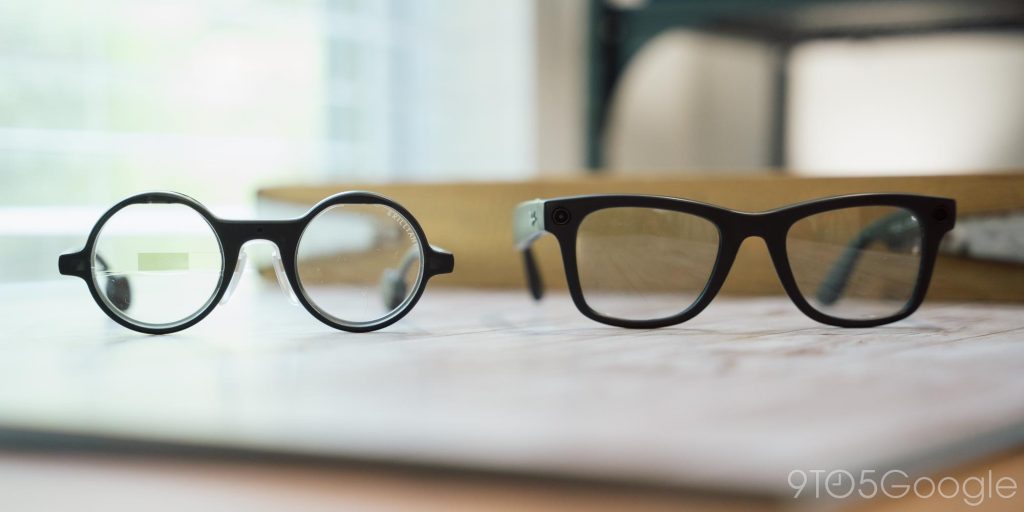
I still love the charging method, with “Mister Power” connecting through the nose bridge to let you plug in a USB-C cable and charge the glasses. The design of the glasses themselves, meanwhile, is really a personal matter. Besides the lenses being very thick, I think the circular lenses are just not a universally good look, so it really limits who can enjoy wearing these.
Then, there’s the software.
Out of the box there are no instructions on how to set up the device whatsoever, so you have to check the order email or Brilliant’s website to be told to use the Noa app. The Android app doesn’t even work. I couldn’t get past sign-in on my Pixel 8 Pro despite numerous attempts, much less actually trying to pair the glasses – Brilliant Labs tells me that it’s working on this.
Over on the iPhone, there’s a dedicated app for Frame. This one let me get into the app and start the pairing process but then repeatedly said I needed to un-pair the glasses before proceeding. Odd for a product I’d just pulled out of the box. It’s also worth noting that there is no indication on the glasses themselves that anything is functional. There’s no light or anything to tell you they’re turned on, and no button to press to un-pair them either.
Only after some digging did I find that Brillant’s website explains what to do. You have to reset the glasses using a SIM tool while the “Mister Power” charger is attached. It’s simple enough, but it’s pretty crazy that none of this is mentioned in the app or in the packaging.

But, once I finally got through setup, it was time to check out the key aspect of this device, the display.
Brilliant Labs explains that Frame uses “a bright microOLED” which is “bonded to a thin geometric prism optic” to show content in your line of sight. Pictures of the product on the company’s website show that display as being totally invisible on the lens itself, which is frankly just extremely misleading.
The prism is very visible at the center of the right-side lens.

Brilliant tells me that it may update it website later when a budget is available. The company mentioned that the current design is “the result of a few improvements” to the user experience. Based on past conversations with Brilliant, I gather that the current state of the display wasn’t the final goal.
But, in the meantime, it’s certainly quite different from what the teasers suggested.
The display prism is constantly in the way of my line of sight. I tried the included nose bridges to try to get the view correct, but after just a few minutes of wearing the glasses, it started to give me a headache. This got a bit better over time, but it’s still been rather jarring. The prism being in the way is even worse if there are overhead lights, as you just see that light reflecting in the prism and blocking some of your view. The display itself is legible when it’s turned on and active, but it’s very much in the way any time you’re not looking at it, which defeats the whole purpose in my book.
Everything you see on the display is in white text, skipping the colors that Brillant showed off in several of its teasers – I’m not sure if the display is capable of showing color, but it’s at the very least not used in this current iteration of the product. The resolution of the display is rather good, though. It feels sharper than how I remember Google Glass, and it’s easier to see too. The UI shows an emoji off to the right side alongside the text replies to your questions and prompts. That’s in stark contrast to the UI shown the original teaser video, which seems well beyond what these glasses would ever be capable of. The field-of-view isn’t nearly as big as that video implied either.
In the images below, I attempted to capture portions of the UI, but this display is nearly impossible to photograph.
The display is also the sole way to receive feedback from the device. It handles everything.
What can the Frame actually do?
Using microphones and a very tiny camera that sits over your nose, the glasses can take input from the world around you and your own voice input to answer questions. It provides relatively concise answers and, by default, has some wit in its replies. You can start input with a tap on the right side of the frame and see a transcript of every interaction in the smartphone app. The app also lets you tweak the AI’s style, tone, and response length.
Notably, you get a certain number of “credits” per month for free, 2,000 to be specific. I used 178 within a couple of hours, but I’m not sure what a “credit” actually is. I asked Brilliant Labs what a “credit” is, but the company didn’t offer a clear answer, only saying that it relates to the use of “multiple LLMs.”

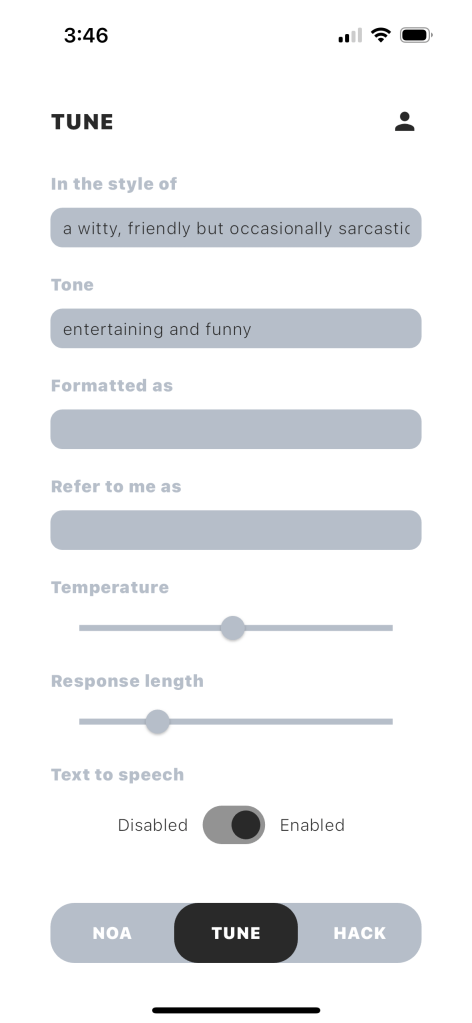

Functionally, it does seem to work well enough.
Basic questions about what I’m looking at worked, and the glasses even managed to correct translate key parts of a website that I was looking at on my monitor from French to English when I asked. The replies from the Frame are delivered word by word at a relatively slow and easy-to-read pace.
There’s definitely utility here, don’t get me wrong, but I think the missing half of audio combined with the sub-par display experience really takes this all down a notch. And it’s not like audio isn’t available. If you leave the app open, it reads out the replies, they just doesn’t come through the glasses (you can route that through Bluetooth earbuds, though).
The other annoyance here from a product aspect is that you can’t just turn off the display manually. And, when I asked Frame how to do that, the AI just spat out generic instructions on how to turn off a display. Eventually, the display times out, but not before spitting out random facts after you’ve finished interacting with it. That got annoying very quickly, as the glasses would just keep randomly going on for seemingly no reason based on something they saw, not to mention they count towards your credits.

Even though I’ve only spent a little bit of time with the Frame so far, the experience really just brought me back to a train of thought I’ve already had for a little while.
Dedicated AI hardware just isn’t a good idea, at least not yet.
You need a solid production foundation outside of AI to make a product good. That’s why Meta’s Ray-Bans stand out so much and, frankly, why these are a disappointment for the average consumer.
That said, Brilliant Labs clearly has a different approach to the Frame. While the company directly says you can use these as your “daily pair of specs,” it’s also made clear throughout every teaser, every webpage, that the focus of this product is on developers. Brilliant shared a press release with me this week where it revealed support for OpenAI’s new GPT-4o model as well as a dedicated Developer Program designed to use this hardware as a stepping stone towards the future of devices like this.
That means they’re not really for me or other consumers, but they do help set a foundation for a future where glasses like these are truly good by giving developers something to work with.
That’s the future I can’t wait for.
You can order Frame by Brilliant Labs today for $350 but, as mentioned, I won’t necessarily advise it unless you’re a developer.
FTC: We use income earning auto affiliate links. More.
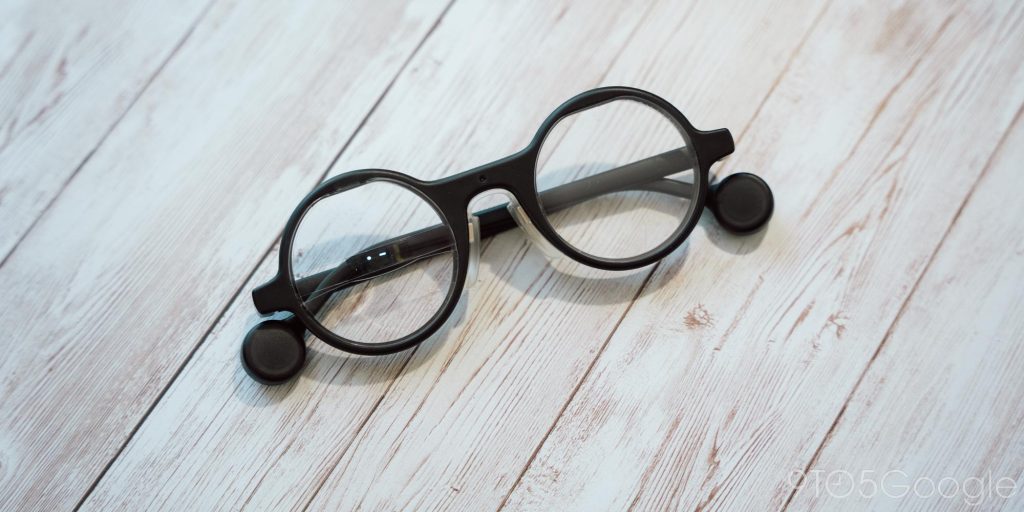

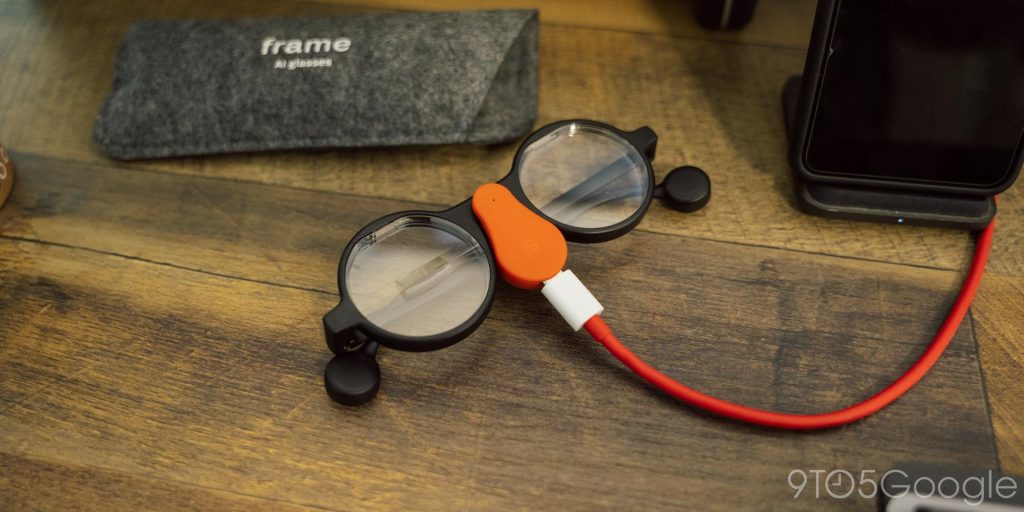
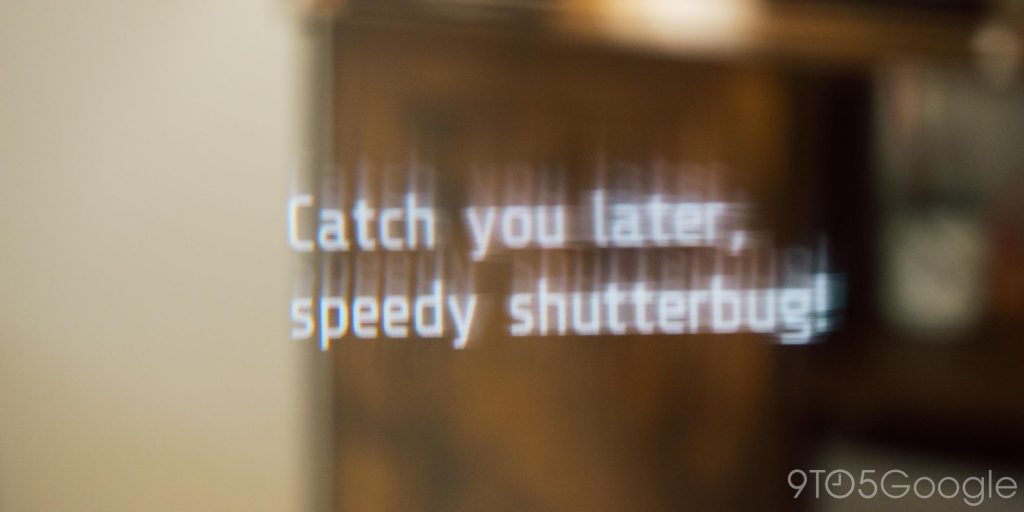
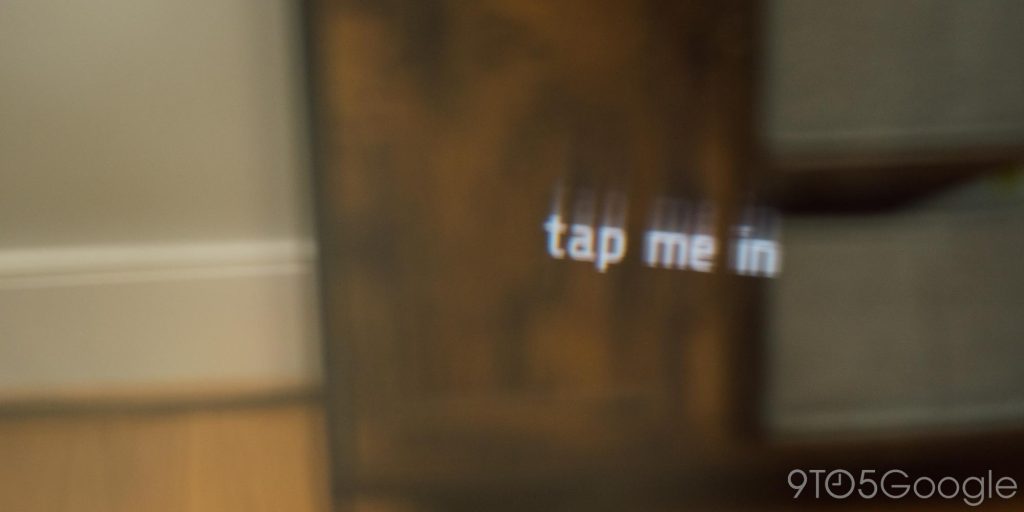





Comments